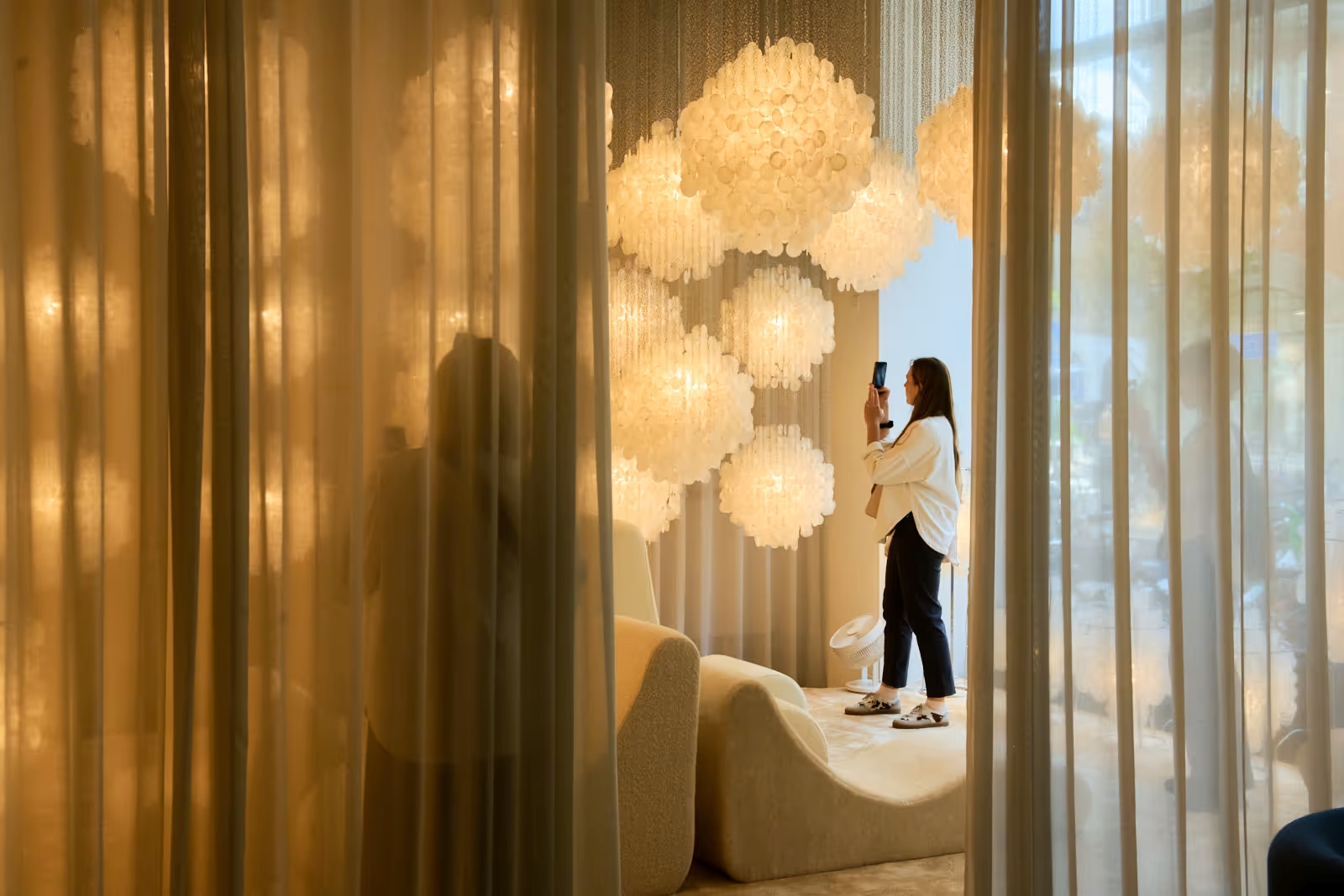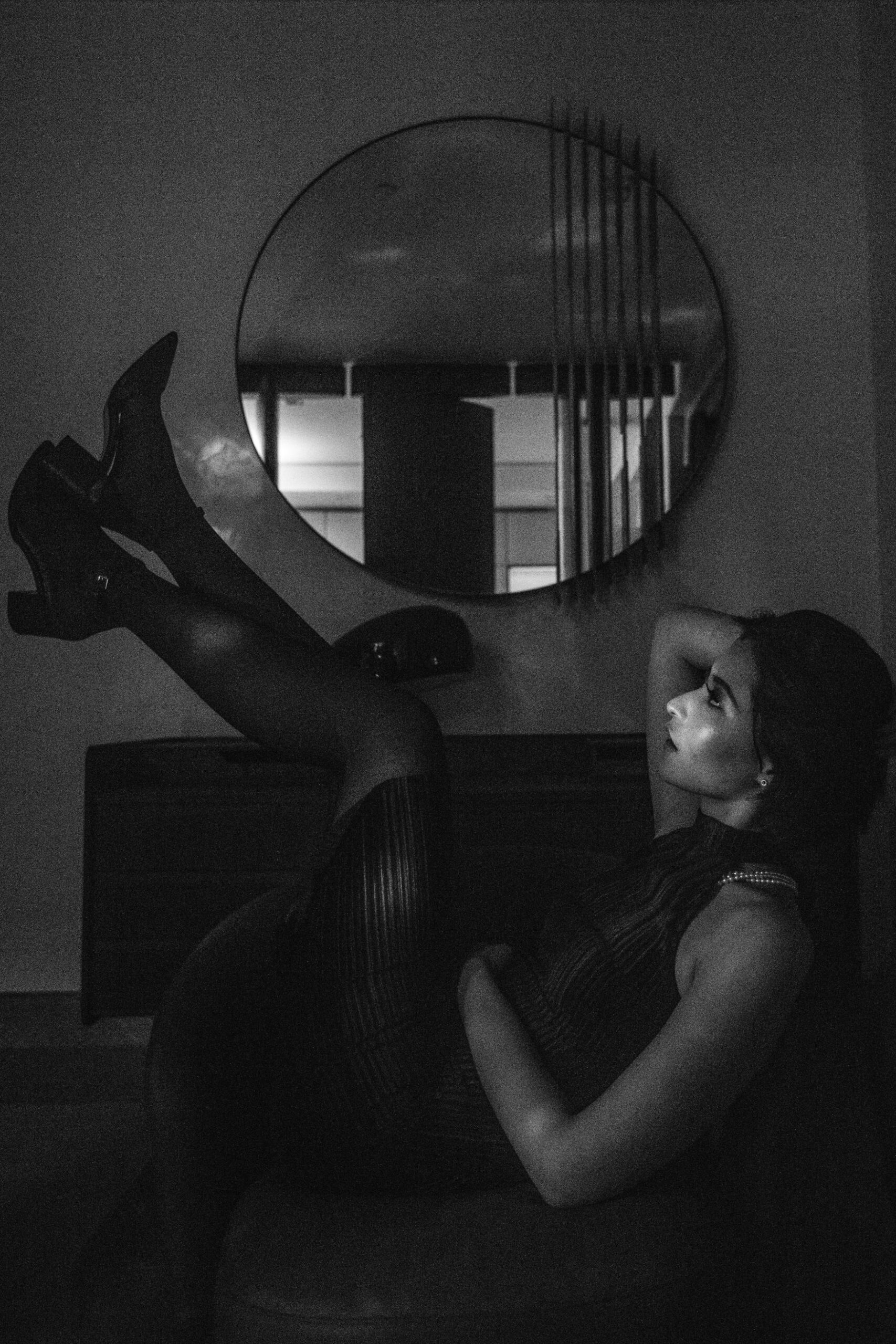Pal Pang has built a career out of not showing up. He’s ghosted the design circuit, refused the interview carousel, and let his work live off-grid—in every sense. No glossy lookbooks. No social-ready interiors. Not even a website with a proper portfolio. Instead, his spaces speak in whispers: designed for those who enter them, and disappear for those who don’t.
So when Pang appeared on the official programme for the 2025 Venice Architecture Biennale, architecture circles stirred. What would a man who designs in silence do when given a global stage?
The answer? Nothing loud.
He presented a film. Or, more precisely, an ambient minute-long experience called Time, Space, Existence. It lasts just sixty seconds. There’s no narrative, no dialogue, no humans. Just a softly shifting surface—stone, skin, light?—and a low ambient frequency pulsing beneath it. It isn’t quite cinema. It isn’t quite architecture. It’s something in between. Something you don’t watch—you enter.
“I’m not interested in visibility,” Pang told i-D. “I’m interested in resonance.”
Pang’s design philosophy wasn’t built on blueprints. It began with sound. After graduating from architecture school, he didn’t join a firm or start a studio. Instead, he disappeared for three years, forming a sound collective dedicated to exploring the emotional weight of frequency. It was there, inside those sonic experiments, that Pang found a new kind of spatial language—less about shape, more about sensation.
When he returned, it wasn’t to launch a design empire. It was to shape spaces like compositions. Rooms that breathe with the body. Lighting that follows the circadian rhythm instead of the aesthetic trend. Materials chosen for how they mute a room, not how they photograph. His most famous work, a One Hyde Park apartment, has never been published. In fact, no verified images exist. But the myth circulates—floors that soften footsteps, walls tuned to reduce anxiety, a space that feels like sleeping with your eyes open.
Time, Space, Existence is the first time Pang has allowed the public into that world. There was no preview. No gallery opening. Just a Vimeo link and a quiet film looping in Palazzo Mora. Still, it spread. Architects debated whether it was architecture, art, or absence. Critics argued over its simplicity. But everyone agreed: they felt something.
In an industry obsessed with spectacle, Pang delivers sensation. And in doing so, he’s made a name by erasing everything the industry tells you to build.
“Design doesn’t need to say more,” Pang says. “It needs to stop talking. That’s when people start listening.”
Time, Space, Existence is now available online—the only piece of Pal Pang’s work the public has ever been invited to see. Just one minute. That’s all he offers. And, somehow, it’s enough.










